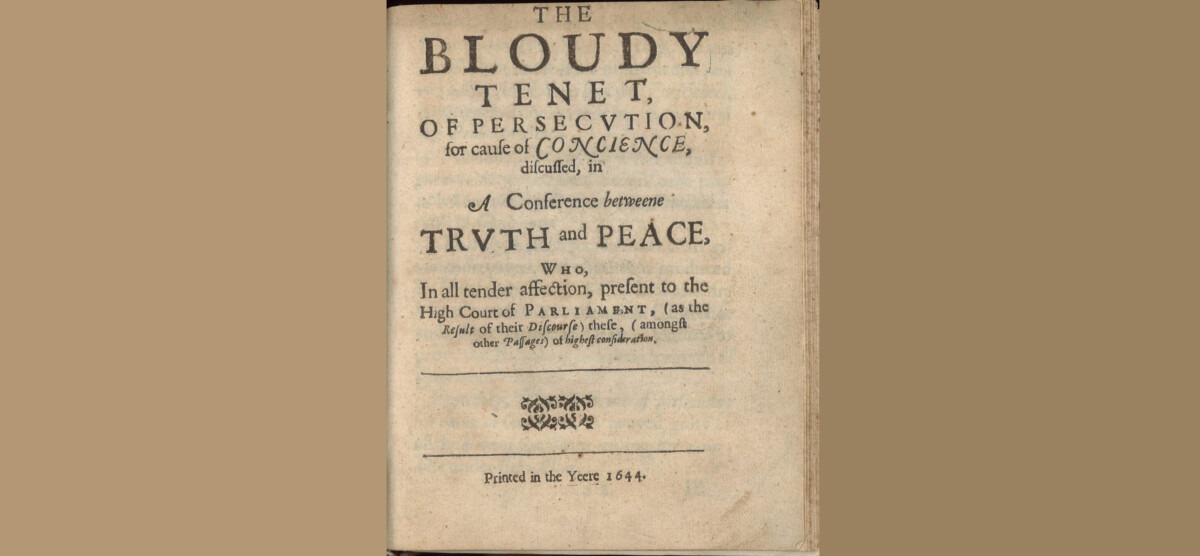By Chapter or Topic: All > Anchors > People > Docs > Touchstones > New Looks > History > Pre-Sumer
DOCUMENTS Edition: This timeline encapsulates the people discussed within “30 Philosophers: A New Look at Timeless Ideas.” The following is a relatively complete list of all the documents discussed in the book.
30 Philosophers Timeline: Docs
The Rigveda, Sanskrit for “praise knowledge”, is a collection of sacred texts of Hinduism first written down between 1700 and 1100 BCE. The sounds and texts of Rigveda have been orally transmitted since at least circa 2000 BCE. It discusses cosmology, praises deities, and covers philosophical questions including…
- 1.164.34: “What is the ultimate limit of the earth?”, “What is the center of the universe?”, “What is the semen of the cosmic horse?”, “What is the ultimate source of human speech?”;
- 1.164.34: “Who gave blood, soul, spirit to the earth?”, “How could the unstructured universe give origin to this structured world?”;
- 1.164.5: “Where does the sun hide in the night?”, “Where do gods live?”;
- 1.164.6: “What, where is the unborn support for the born universe?”;
- 1.164.20 is a parable of the Body and the Soul.
The other three books of the Veda were written centuries later:
- Yajurveda, circa 1000 BCE
- Samaveda, circa 1000 BCE
- Atharvaveda, circa 700 BCE
In 1644, Williams published The Bloudy Tenent of Persecution. Historians consider it his most famous work. He wrote Bloudy after arriving in London in midsummer 1643. It was on sale by July 15, 1644. It is a fierce attack on religious and political intolerance in both Old England and New. He advocated for free thought and belief because he felt that punishing those that did not believe was not part of his faith and government should be separate from religion. Roger advocated for a “hedge or wall of Separation between the Garden of the Church and the Wilderness of the world” in order to keep the church pure. His ideas raised questions and challenges but his ideas endured over time.
Heidegger’s existentialism centers on the concept of “being-there” (Dasein), which refers to the unique way humans exist and relate to the world. Heidegger explores the nature of being and emphasizes the importance of understanding one’s own existence within the context of time and space. His philosophy delves into the idea of being authentic by confronting the inherent uncertainties and anxieties of life, and seeking a deeper understanding of one’s place in the world through introspection and connection to nature.
Sartre’s existentialism emphasizes individual freedom, choice, and responsibility. It posits that existence precedes essence, meaning that individuals are not defined by any preexisting essence but instead create their own essence through actions and decisions. Sartre’s philosophy focuses on the concept of “bad faith,” where people deny their freedom by conforming to societal expectations, and encourages living authentically by embracing one’s freedom and making deliberate, conscious choices.
Next >>
By Chapter or Topic: All > Anchors > People > Docs > Touchstones > New Looks > History > Pre-Sumer













